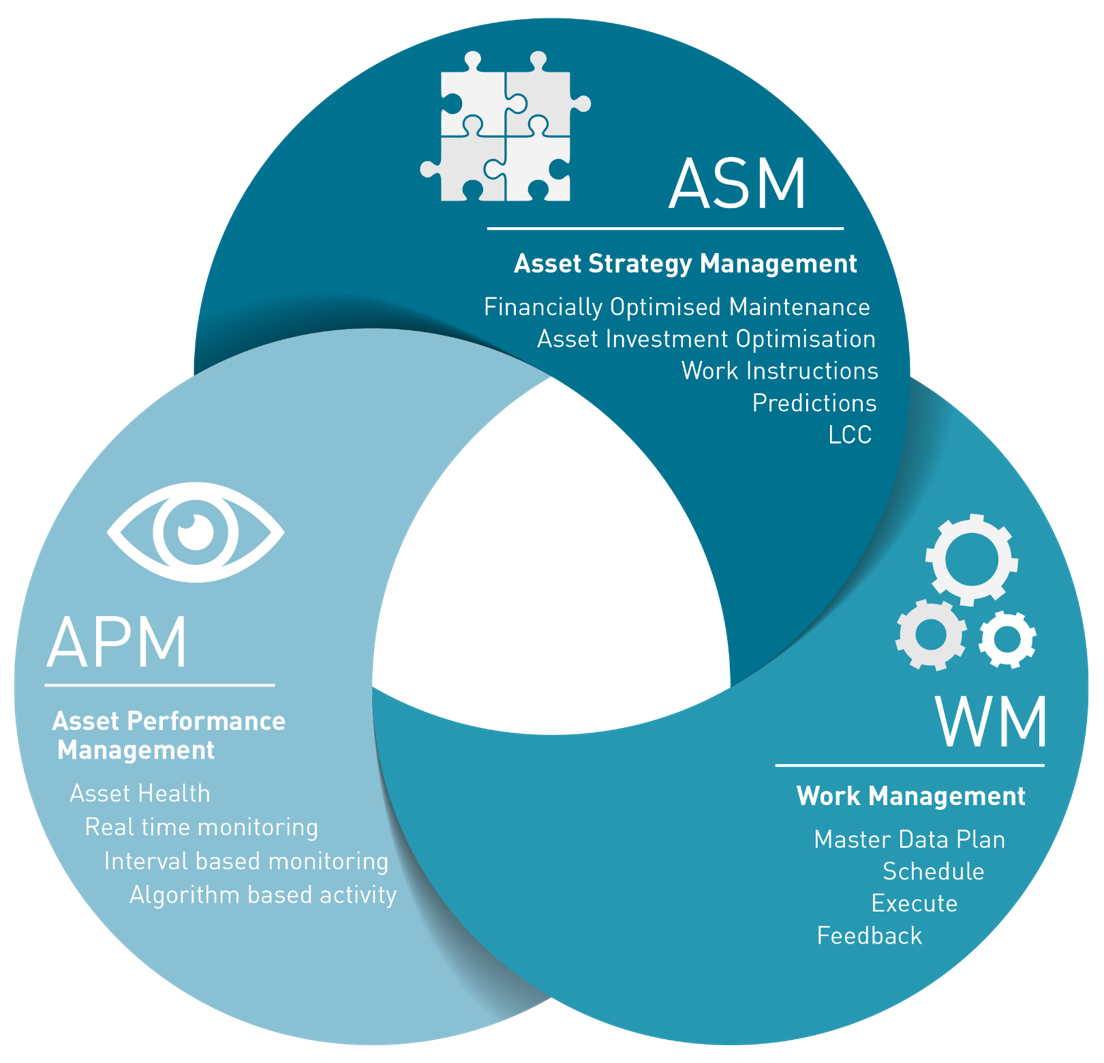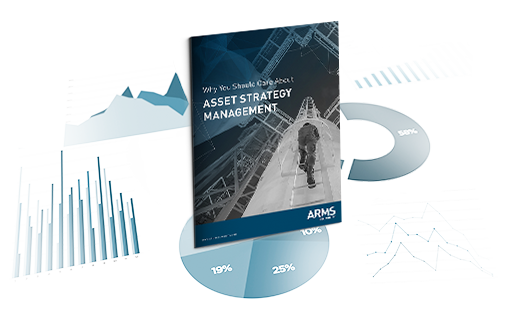Today, we are creating as much data every two days as we did from the beginning of time to the year 2000.
And the amount of data we’re creating continues to grow exponentially: by the year 2020, the amount of digital information available is expected to grow from the current 2.3 zettabytes [1 zettabyte = 1,000,000,000,000,000,000,000 bytes] to 44 zettabytes. That’s some BIG data.
To date, we’ve analyzed and used only about 0.5% of those 2.3 zettabytes. And, according to various research, poor-quality data costs organizations 20-35% of their revenue. IBM says poor-quality data costs U.S.-based businesses more than $3 trillion a year. That’s some BAD data.
Big Data and the Digital Transformation are trending hard, producing a lot of pressure to “go digital,” and a little confusion about what that means. But in a world where about 80% of digital-transformation projects are failing – wasting a whole lot of money – maybe we need to back up and think about exactly how and where “going digital” adds value?
For us at ARMS, here’s the bottom line: Digital transformation on its own won’t deliver reliability.
As author Douglas Adams once said,
“We’re stuck with technology, but what we really need is stuff that works.”
Big data is the building block; but what’s missing in most organizations is the stuff that makes it work – a process called Asset Strategy Management [ASM]. ASM works with big data to deliver immediate and continuing value by helping you achieve predictable, positive performance.
Getting performance from assets is straightforward: Every asset has an inherent reliability based upon its design, build, and installation; we influence the performance we get by how we operate and maintain it. Asset management happens when we put an operations/maintenance strategy into place to deliver the performance we want. Our asset strategy dictates the activities we regularly execute, as well as the elements we regularly monitor.
Determining your strategy of what activities to execute [and how], and what elements to monitor [and how], will ultimately deliver your asset performance.

Monitoring Data, Managing Strategy, & Respecting Culture
Monitoring is the piece of asset management where data comes in. Traditionally, monitoring meant someone would go out, inspect the asset’s condition, return and record the information, note trends, and whenever something happened, someone would go and execute a repair. Today, we can put sensors on assets to monitor their condition, and gain value because we no longer need to send people out.
So some are saying if you monitor everything, then you don’t need strategy – you can just respond to the data that comes in. It’s an appealing idea – executing repairs only when and where we need to. But there are practical implications to consider. What if I have a whole fleet of a specific kind of asset, and they all alarm at the same time? Logistically, I might not have the resources to execute the repairs all at the same time. So there is a practical factor – the strategy – that pairs with the technology for positive results.
The point is, just monitoring assets means we’re performance-led – we’re acting in response to data, a reactionary approach. Implementing a strategy turns this around, and empowers us to take action, to drive performance outcomes.
Another stumbling block to sustainable performance outcomes is the belief that you establish a strategy, then you’re done – set it and forget it. But you need an ongoing process to manage your strategy – taking into account your current operations, the age of your equipment, new monitoring technology, etc. – in order to deliver the performance you want. Your strategy should be living, breathing, intelligent, and dynamic.
Finally, a global certainty to remember: No organization achieves anything without people. Cultivating a culture together where you can work in a positive environment produces a synergy that is absolutely amazing and exponentially beneficial. ASM is a process that pairs technology with people.
Assessing Your Organization’s ASM
Here are two quick questions to help you determine where your organization is in terms of asset strategy management:
1. Does your organization have a formal process – request, review, reliability assessment, subject-matter expert review, approval – to change a task interval within your enterprise asset management system?
Strategy delivers performance, but most organizations have little or no control over their own strategy. Changing a task interval is a fundamental strategy change; if someone can do it easily, then there is no control of the strategy overall. If people can change a task interval based upon their history or experience, and with no formal review, that can seriously affect both strategy and performance.
2. How easily are standard maintenance plans and tasks created, changed, updated, or deployed within your organization?
Asset strategy management eliminates the slow, manual way of implementing plans and tasks; with ASM, you design a process to control the data, automate it, and make it work for you. ARMS helps companies accomplish this by organizing their data, consolidating it into a specific structure and strategy for each asset type, and deploying the strategy to the same assets wherever they are. Once your strategy is in use, you can analyze and dashboard incoming data, determine trigger points, and define what initiates a strategy review.
So, now you know: Digital transformation alone won’t deliver reliability. But combine big data with a solid strategy management process – applying the right level of technology in the right way to the right assets – and you’ll be in prime position to make sure your best strategies are applied to all of your assets, all of the time.


